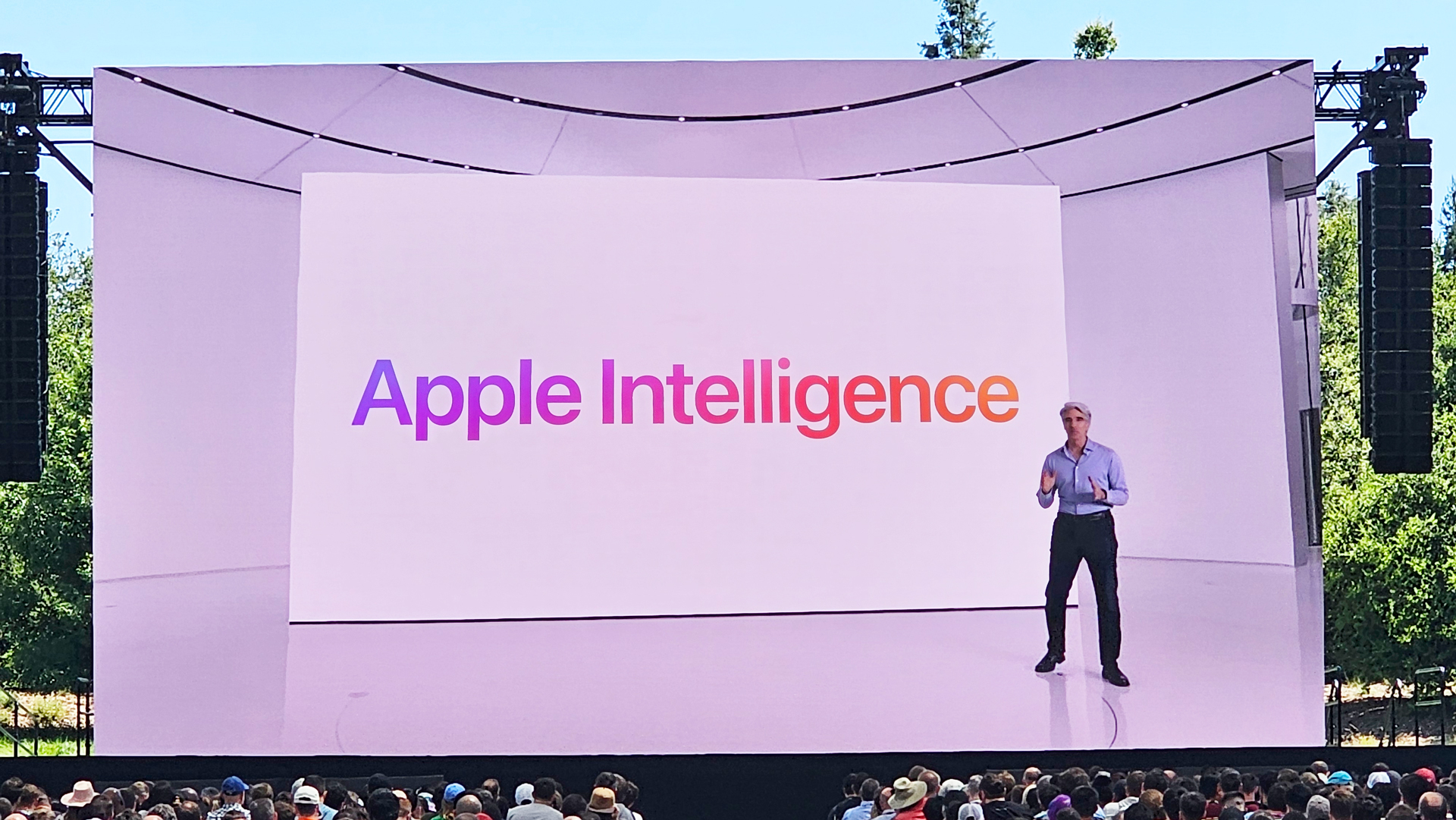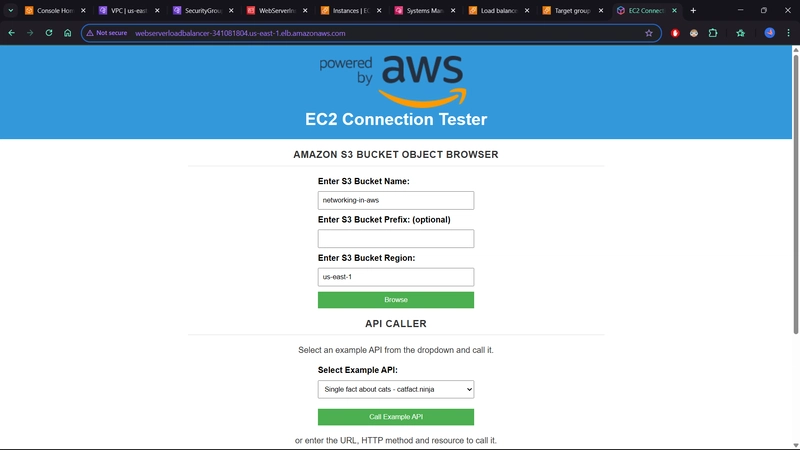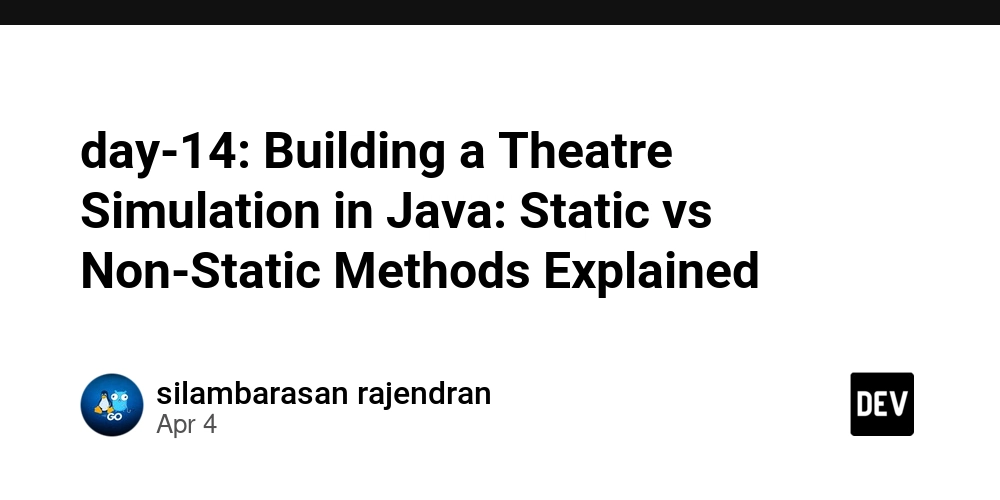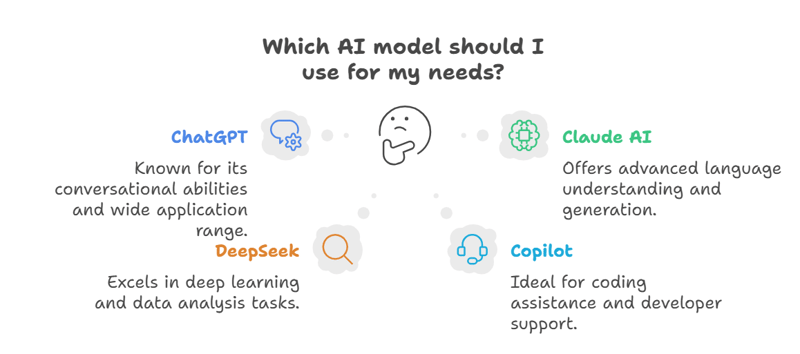My Exclusive "Manus AI" Beta Experience: The Future of AI Agents
Last week, I was pre-selected for exclusive access to the private beta of Manus AI—a tool that’s generating serious buzz as the world’s first general-purpose agentic AI. After spending time with Manus, I’m convinced we’re witnessing a major leap forward in automation and digital productivity. What Is Manus AI? Manus AI is not just another chatbot or workflow tool. It’s a fully autonomous AI agent designed to bridge the gap between your intent and real-world execution. Unlike traditional assistants that wait for your next prompt, Manus can independently plan, execute, and deliver results for complex, multi-step tasks—even while you’re offline. What sets Manus apart is its multi-agent architecture, which orchestrates a suite of specialized sub-agents (for planning, knowledge retrieval, code execution, and more) to tackle diverse challenges. Manus processes and integrates text, images, and code, enabling it to automate workflows, analyze data, generate content, and even deploy applications—all with minimal supervision. Key Features That Impressed Me 1. Visual Browser & Terminal Access Manus provides a live, visual interface to its browser and terminal. Unlike other AI agents, you can actually watch Manus edit code, browse the web, and execute scripts in real time. This transparency is a game changer for debugging and understanding AI-driven workflows. 2. Seamless Human-AI Collaboration If you spot an error or want to intervene, you can take over the terminal or browser mid-execution. No more endless re-prompting—just make your change, and Manus picks up from there. This feature alone made my workflow dramatically more efficient. 3. Dynamic, Ongoing Instructions You don’t have to craft the perfect prompt upfront. Manus lets you add new instructions as it works, making the process far more flexible and interactive. 4. To-Do List Planning Manus generates a clear, actionable to-do list for every task, so you always have a roadmap of what’s happening. This structure is far superior to the “black box” approach of most LLMs, providing clarity and control throughout the process. Real-World Learnings from My Beta Session API and Python Data Gathering Unlike most research agents that rely on web search, Manus can fetch live data directly via APIs. This capability unlocked new possibilities for integrating real-time data into my projects—something I haven’t seen with other tools. Testing and Validation While Manus includes explicit steps for testing its outputs, I noticed it primarily checks for syntax and compile-time errors. Runtime or visualization issues (like chart rendering bugs) still require human review. This is an area I hope to see improved as the product matures. Workflow Transparency and Adaptability The ability to see every step Manus takes, and to intervene or correct course at any time, made the development process feel collaborative rather than opaque. Manus’s memory and adaptive learning also mean it gets better the more you use it, remembering your preferences and optimizing future tasks. Why Manus AI Matters Manus AI represents a shift from passive AI assistants to active, autonomous agents that can handle end-to-end workflows. Its multi-modal capabilities, advanced tool integration, and adaptive learning position it as a powerful tool for developers, researchers, and businesses looking to streamline operations and boost productivity. If you’re curious to see Manus in action, you can check out my full session and the website it generated: My Manus session Live website Interested in trying Manus? I have a few invite codes for fellow developers—drop a comment or DM if you’d like to join the private beta!
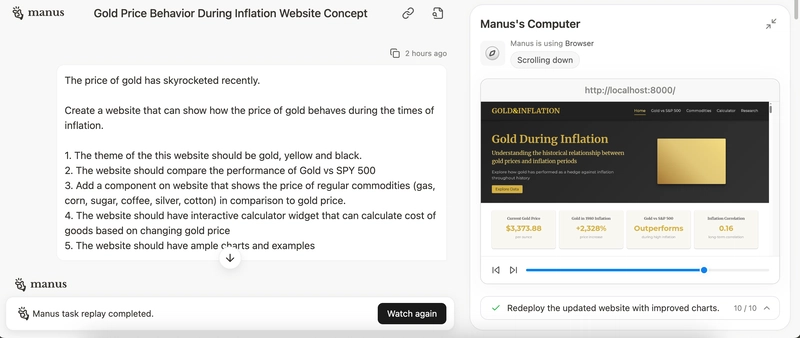
Last week, I was pre-selected for exclusive access to the private beta of Manus AI—a tool that’s generating serious buzz as the world’s first general-purpose agentic AI. After spending time with Manus, I’m convinced we’re witnessing a major leap forward in automation and digital productivity.
What Is Manus AI?
Manus AI is not just another chatbot or workflow tool. It’s a fully autonomous AI agent designed to bridge the gap between your intent and real-world execution. Unlike traditional assistants that wait for your next prompt, Manus can independently plan, execute, and deliver results for complex, multi-step tasks—even while you’re offline.
What sets Manus apart is its multi-agent architecture, which orchestrates a suite of specialized sub-agents (for planning, knowledge retrieval, code execution, and more) to tackle diverse challenges. Manus processes and integrates text, images, and code, enabling it to automate workflows, analyze data, generate content, and even deploy applications—all with minimal supervision.
Key Features That Impressed Me
1. Visual Browser & Terminal Access
Manus provides a live, visual interface to its browser and terminal. Unlike other AI agents, you can actually watch Manus edit code, browse the web, and execute scripts in real time. This transparency is a game changer for debugging and understanding AI-driven workflows.
2. Seamless Human-AI Collaboration
If you spot an error or want to intervene, you can take over the terminal or browser mid-execution. No more endless re-prompting—just make your change, and Manus picks up from there. This feature alone made my workflow dramatically more efficient.
3. Dynamic, Ongoing Instructions
You don’t have to craft the perfect prompt upfront. Manus lets you add new instructions as it works, making the process far more flexible and interactive.
4. To-Do List Planning
Manus generates a clear, actionable to-do list for every task, so you always have a roadmap of what’s happening. This structure is far superior to the “black box” approach of most LLMs, providing clarity and control throughout the process.
Real-World Learnings from My Beta Session
API and Python Data Gathering
Unlike most research agents that rely on web search, Manus can fetch live data directly via APIs. This capability unlocked new possibilities for integrating real-time data into my projects—something I haven’t seen with other tools.
Testing and Validation
While Manus includes explicit steps for testing its outputs, I noticed it primarily checks for syntax and compile-time errors. Runtime or visualization issues (like chart rendering bugs) still require human review. This is an area I hope to see improved as the product matures.
Workflow Transparency and Adaptability
The ability to see every step Manus takes, and to intervene or correct course at any time, made the development process feel collaborative rather than opaque. Manus’s memory and adaptive learning also mean it gets better the more you use it, remembering your preferences and optimizing future tasks.
Why Manus AI Matters
Manus AI represents a shift from passive AI assistants to active, autonomous agents that can handle end-to-end workflows. Its multi-modal capabilities, advanced tool integration, and adaptive learning position it as a powerful tool for developers, researchers, and businesses looking to streamline operations and boost productivity.
If you’re curious to see Manus in action, you can check out my full session and the website it generated:
Interested in trying Manus? I have a few invite codes for fellow developers—drop a comment or DM if you’d like to join the private beta!











































































































































































![[The AI Show Episode 144]: ChatGPT’s New Memory, Shopify CEO’s Leaked “AI First” Memo, Google Cloud Next Releases, o3 and o4-mini Coming Soon & Llama 4’s Rocky Launch](https://www.marketingaiinstitute.com/hubfs/ep%20144%20cover.png)



















































































































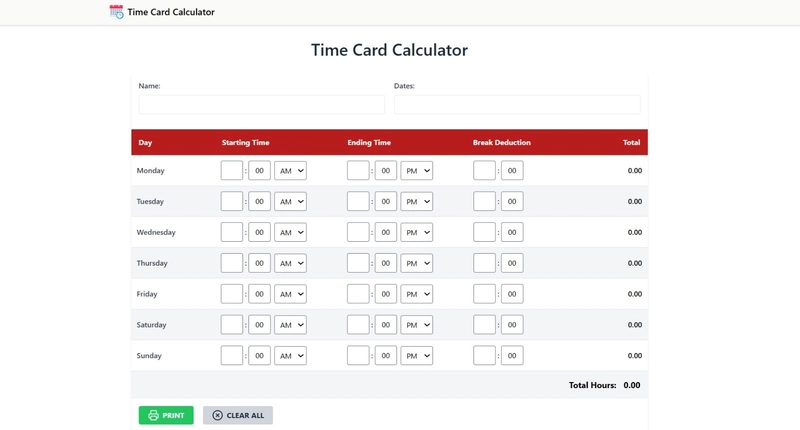
































































































































-All-will-be-revealed-00-35-05.png?width=1920&height=1920&fit=bounds&quality=70&format=jpg&auto=webp#)


















































































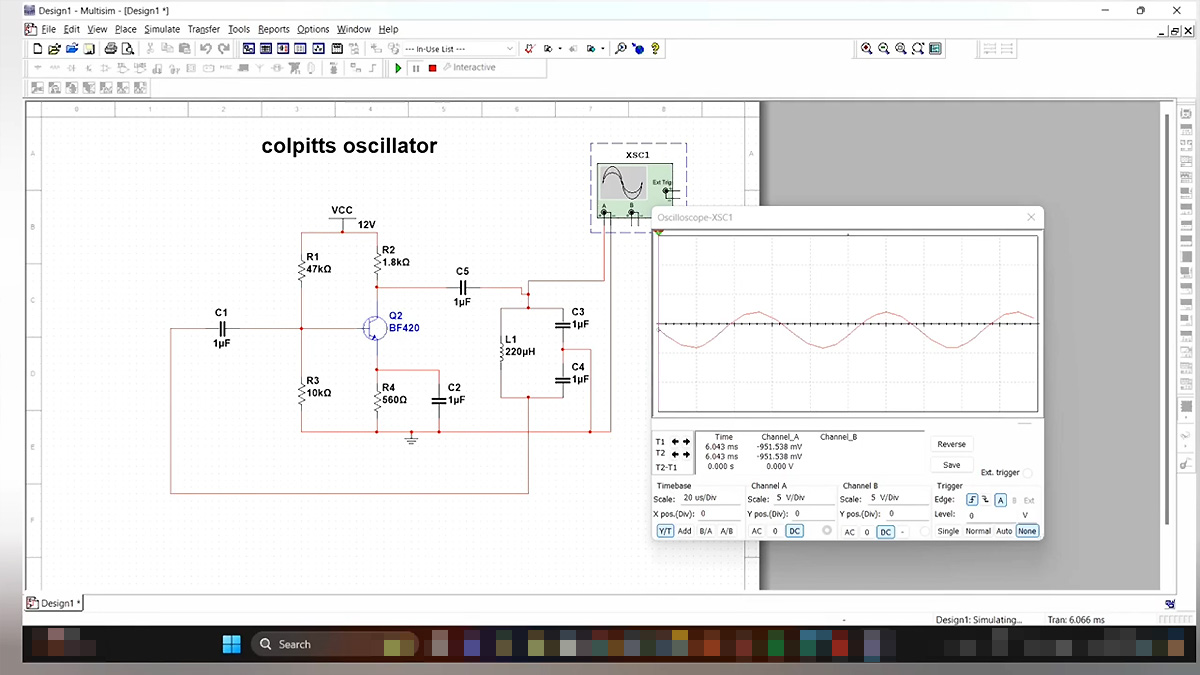

































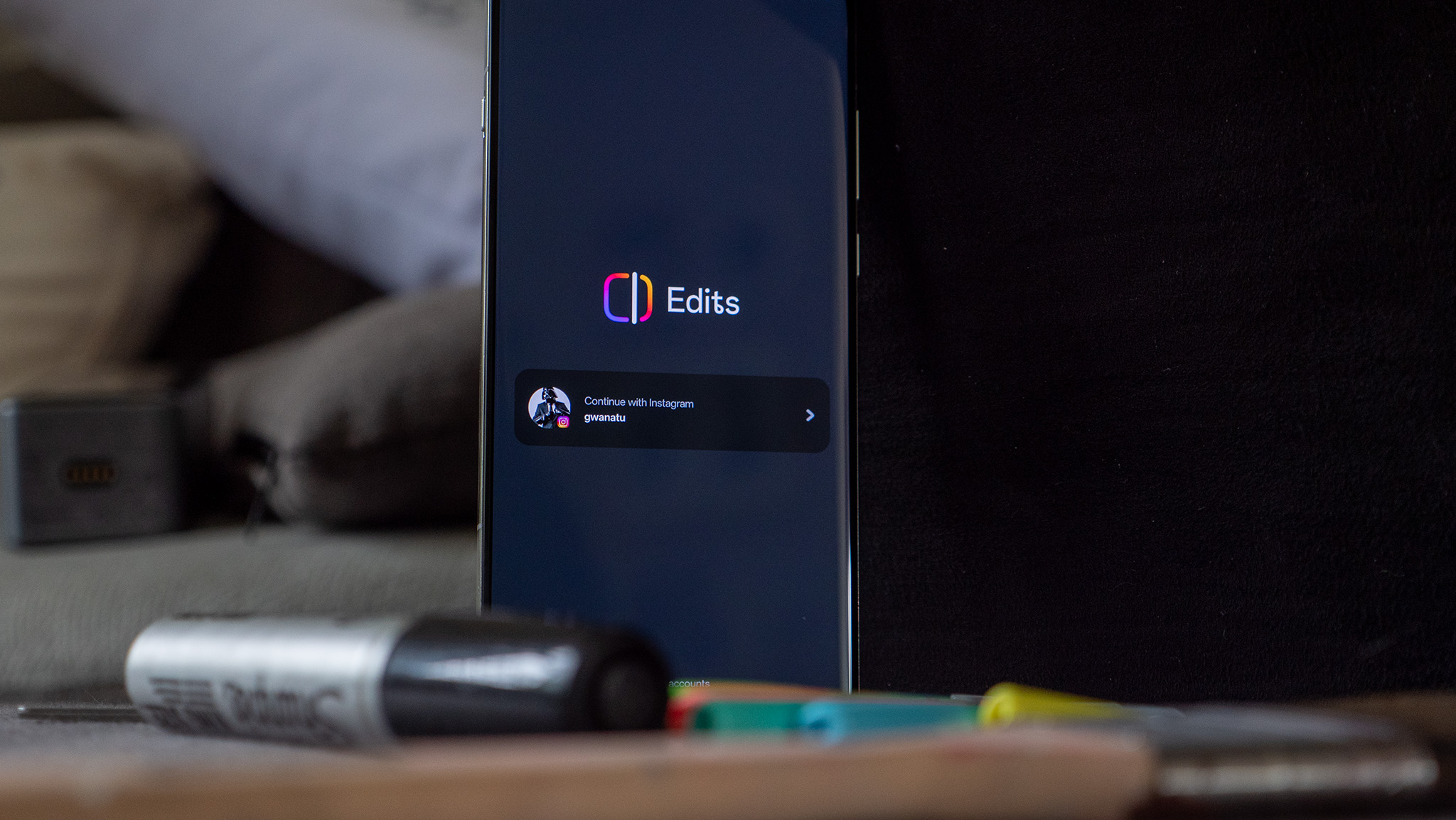





![What iPhone 17 model are you most excited to see? [Poll]](https://9to5mac.com/wp-content/uploads/sites/6/2025/04/iphone-17-pro-sky-blue.jpg?quality=82&strip=all&w=290&h=145&crop=1)

















![Hands-On With 'iPhone 17 Air' Dummy Reveals 'Scary Thin' Design [Video]](https://www.iclarified.com/images/news/97100/97100/97100-640.jpg)
![Mike Rockwell is Overhauling Siri's Leadership Team [Report]](https://www.iclarified.com/images/news/97096/97096/97096-640.jpg)
![Instagram Releases 'Edits' Video Creation App [Download]](https://www.iclarified.com/images/news/97097/97097/97097-640.jpg)
![Inside Netflix's Rebuild of the Amsterdam Apple Store for 'iHostage' [Video]](https://www.iclarified.com/images/news/97095/97095/97095-640.jpg)

















